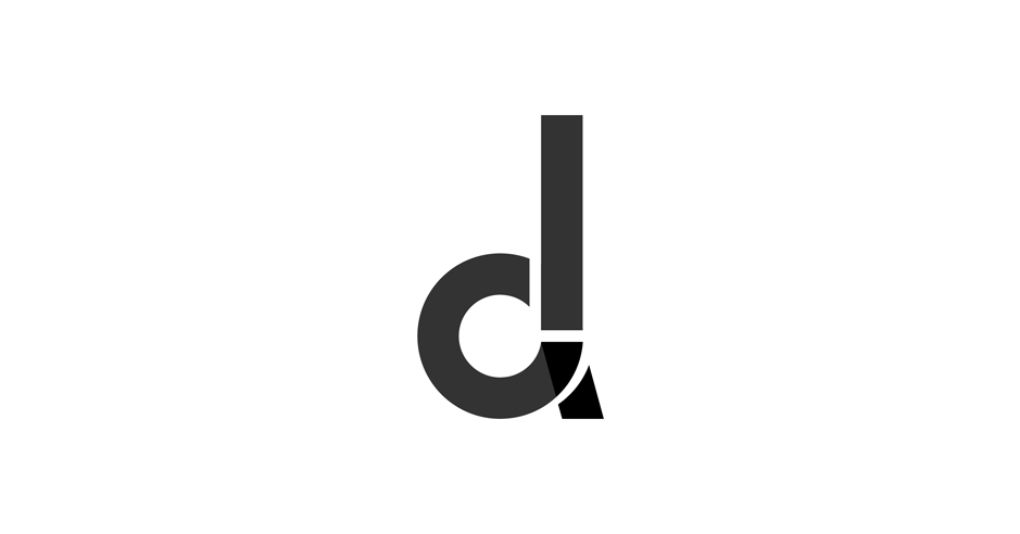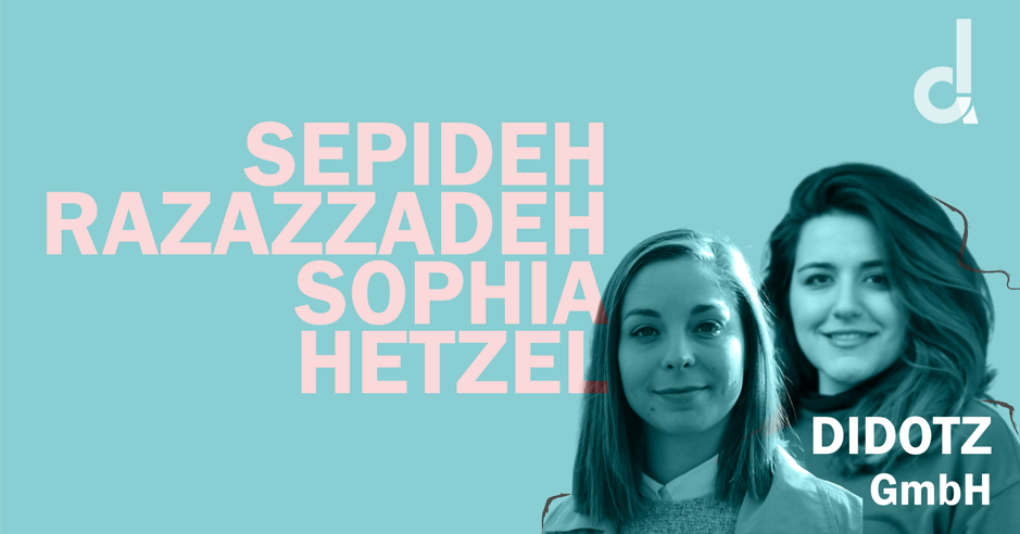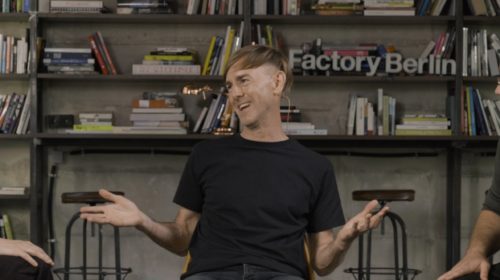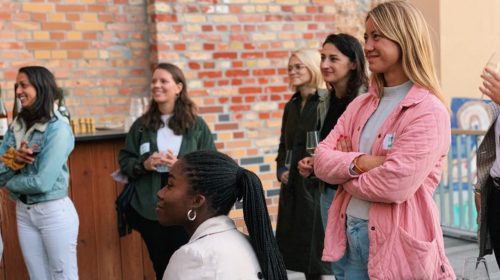
April 2, 2019
Didotz: Processing A Passion

What Inspired Your Career?
As a user experience designer, I collected all kinds of data from various users. I have dealt with big data sets and the huge demand for machine learning expertise led me to shift gears and move these two components together. However, I realized that I was missing a piece to the puzzle.
My co-founder and I met 10 years ago during our studies and we wondered why UX and SEO strategies always seemed to clash within companies. We wanted a solution that perfected both UX and search optimization without sacrificing the integrity of the other. Factory Berlin’s powerful community and people have been a part of our work progress.
What Does Your Near Future Look Like?
Next up for interaction design is the true marriage between data science and intelligent design. Despite a large team of designers working on a template or frame, we found that there will always be issues. We hope to increase efficient design with smart platforms so these feedback loops are facilitated, then translated back to the end user in the best way possible. We want to enable users to always have the best experience.
Can You Tell Us About Your Latest Project?
We recently helped a music venue and recording studio understand their audience better. This included looking at the overall event management structure and examining their UX and digital footprints. Particularly, we target various segments and try to optimize around that.
What Challenges You?
For many data scientists, the biggest challenge usually lays in data, since the amount of quality data is always an issue. It doesn’t matter how developed your algorithm and smart approaches are: if the data is not good, then the quality of work will suffer. To have a truly smart design with great predictions, recommendations, or forecasts, it’s a careful balance in creating the best algorithm. It’s really not as easy as it sounds. It’s a lot of trial and error.
How Do You Work Best?
I like to work with people with opposite ideas and work styles. My personal style tends to be very creative, in the clouds, higher level – but not very process oriented. Therefore, I try to work with different people since their habits or style challenge my personal ideas, thoughts, and processes. Rather than clashing, our open mindsets allow us to grow and achieve more.
What Do You Want Your Legacy To Be?
I want to be as transparent as possible. The power of data can be scary, but also annoying because it’s not always clear what smart data collection means all of the time. There are many factors: how or why the data is being sourced and people aren’t sure how it will be used. I steer my talents and skills towards companies and projects with an environmental focus; sustainability is important to me.

Discovering how to incorporate different work styles is the best way to build innovation and sustainability into every project. When working or networking a myriad of personalities from various international backgrounds, Sepideh intuitively seeks diversity in order to make the most of her small team and resources.
By becoming aware of the differences in work approaches and leveraging the various strengths in her team, project management and facilitation becomes clear and more streamlined. Adopting diversity becomes an agile asset for lean strategies: swift execution on budget and on time. Just like data, targeting and aligning the position of a team to the same level ensures that all perspectives are represented. Once the process of differentials emerges into correlation, the true value of your project is captured.

